If you ask a New Yorker where to find Nepali food, you’ll probably be directed to Sunnyside or Jackson Heights in the north part of Queens. There are a few Nepali restaurants in Manhattan, mostly on the east side, and none in Brooklyn. While in Kathmandu is a Nepali chiya pasal or tea shop located right on the cusp of where Brooklyn turns into Queens. I recently chatted with owner Bikash Kharel about sharing culture through food, the false dichotomy between authenticity and innovation, and his mission to bring the cuisine of his home country to his home neighborhood of Ridgewood.
Bikash was born in the Chitwan district of Nepal, close to the Indian border. During the Nepalese Civil War (1996–2006) his family came to the US to flee the destabilized situation back home. They arrived in Ridgewood, which looked very different in the early 2000s than it does today. Back then it was primarily an immigrant neighborhood consisting of large African American and Latino populations, and was home to as many as 4000 Nepali people at one point. It was a relatively affordable place where two working adults such as Bikash’s parents could rent a three-bedroom apartment for their family.
His mother worked as a nail technician at a local salon while his father, previously a pro-democracy journalist in Nepal, became involved with several restaurants in the area. After a semester of college, Bikash decided to drop out and work with his father at Nepalese Indian Restaurant (now named ODAAN under different management). Despite the name, they were more focused on serving Indian food, because popular dishes like saag paneer and chicken tikka masala sold themselves. But being of Nepali origin and having spent two months in his motherland in 2016, Bikash felt the desire to introduce the area to the lesser-known flavors of his culture’s cuisine.
His family prepared him well for the task of opening his own restaurant. He acquired his culinary skills and understanding of Nepali cuisine from his mom, who taught him how to make the same things taste different, for example potatoes five ways. Meanwhile, he gained his restaurant business acumen from his father, who taught him how to prep, cook, and store food on a larger scale.
On the other hand, Bikash’s parents were initially hesitant for him to work in the restaurant industry. He shared that a common line in Southeast Asian families is, “We struggled so that you don’t have to do the same thing that we’re doing.” However, he identified the need for a Nepali restaurant in their neck of the woods, and the opportunity to educate the world about his culture through food called to him. “Nepal has almost 120 different ethnic groups… Imagine the amount of cuisines that come from that! It’s not just rice and curry and momos.”
When the space that While in Kathmandu occupies became available, Bikash’s father helped him obtain a lease. He never intended for it to be a full-service restaurant: the initial vision was to run it as a coffee shop serving Nepali espresso by day, and as a bar at night. They didn’t even have a dinner menu when they opened in 2017.
Bikash did not anticipate that the eatery would receive such positive reception. People kept swinging by the restaurant in the evenings, and he eventually decided to introduce a dinner service. He thought, “If the demand and appreciation are there then we may as well provide more Nepali food.”
The menu started with just five items, and grew to about a dozen items in the first year. There were Nepali staples like momos (soup dumplings) and choila (spiced grilled meat, typically water buffalo, usually consumed with crispy rice), as well as more fusion additions such as fries and wings tossed in a homemade masala blend. Word spread about the restaurant with a thatched roof kitchen and a spacious back patio, serving food that Ridgewood hadn’t seen before. Business chugged along smoothly until COVID hit.
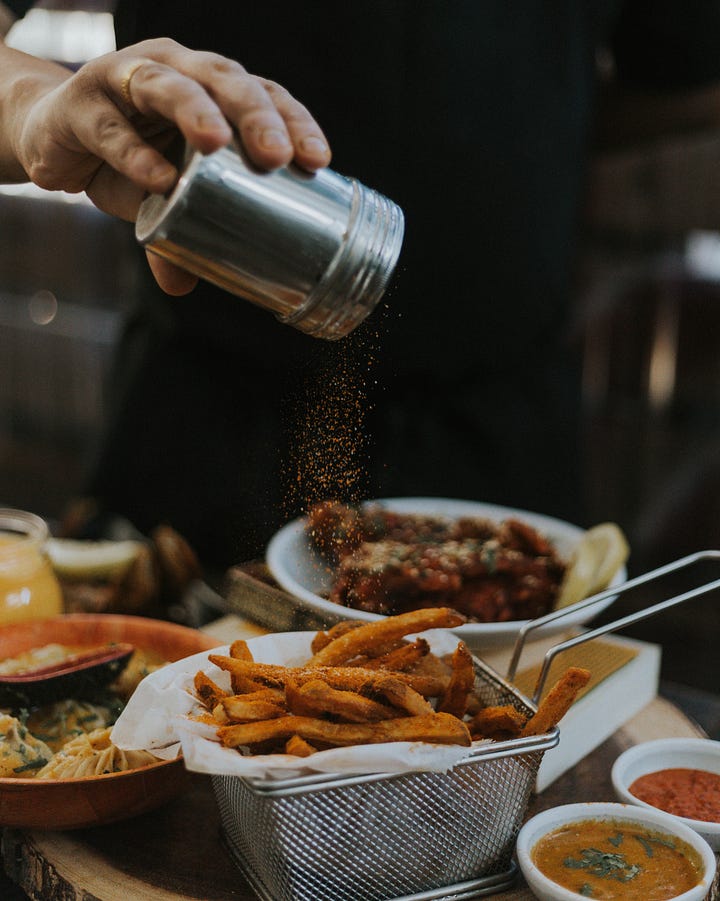

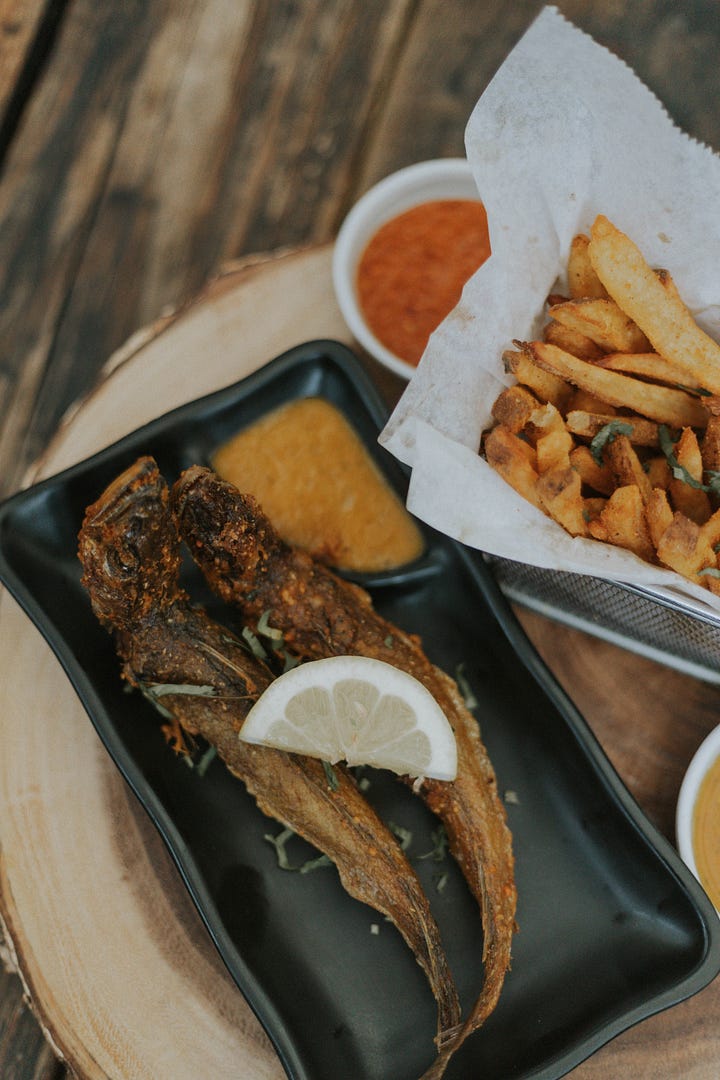

The main mandate for the next three years was to survive the pandemic. The restaurant was short-staffed and Bikash had to run the kitchen himself, often staying past 1 am to wash dishes. He characterized the daily operations at the restaurant as mundane, especially against the backdrop of an extremely chaotic and unpredictable time. However, closing was not at option — he had to consider his team and the half dozen families, many Nepali, who were depending on the restaurant being in business.
Finally, when we emerged into a “post-pandemic world” last year, Bikash was able to move past survival mode and begin breathing new life into the restaurant. He saw at Nepalese Indian Restaurant how being too heavily focused on dinner service could lead to the establishment sitting empty during the day. To ensure this didn’t happen at his restaurant, he launched a brunch service last fall.
This presented a unique and exciting challenge for Bikash and his team, because there wasn’t a playbook to follow. Nepali cuisine doesn’t really have a notion of breakfast foods, certainly not to the extent that Western cuisine has dishes like pancakes and french toast that are eaten almost exclusively in the morning. They didn’t let that hinder them though. To Bikash breakfast usually involves bread, eggs, and potatoes, and plenty of Nepali dishes include those ingredients.

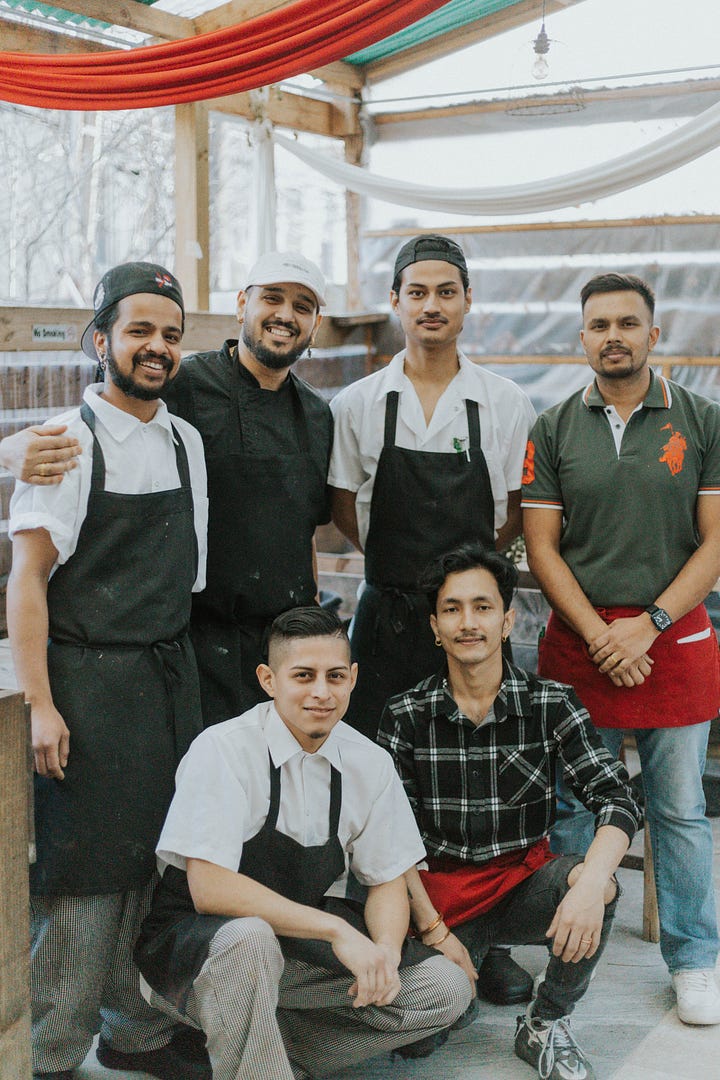
With the brunch menu at While in Kathmandu, he aimed to carve out a space for Nepali ingredients and flavors in the traditional brunch vernacular. Take for example millet, one of the biggest crops in Nepal. Why not turn it into a crepe stuffed with masala potatoes? Top it off with a dollop of avocado crème and serve it alongside a light garden pea curry and you have Fapar Ko Roti. It’s innovative, but not for the sake of innovation. Bikash is not trying to reinvent the wheel, only to pay homage to the Nepali pantry while crafting a menu around a foreign concept like brunch.
There is sometimes an expectation around ethnic food that it always sticks to its roots and never veers from tradition. There is an expectation that the food is “authentic”, whatever that means. Can a Nepali chef expressing themselves using Nepali ingredients cook anything that’s inauthentic?
At the same time, Bikash emphasizes maintaining a cohesive narrative behind the restaurant’s offering, and sharing that with the guests. He is acutely aware that value is ultimately perceived by the people who eat the food, and often takes the time to explain to diners the origin behind the dish they’re eating.

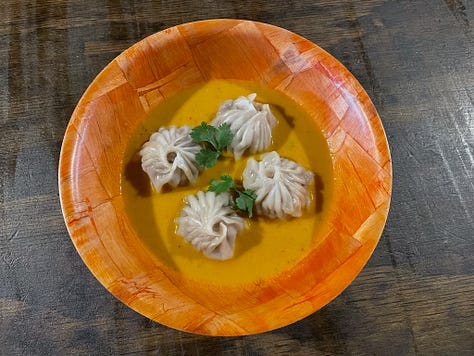

Ultimately, his guiding principle is that authenticity comes from the heart. Smacking pancakes and french toast on the menu using recipes from the internet won’t cut it. There have to be threads tying each offering back to the overarching narrative of introducing New Yorkers to Nepali food, be it in the ingredients or culinary techniques. But those threads don’t have to be restrictive either, binding you tightly to the tried and true. There’s always room for inspiration and growth. After all, as Bikash sagely put it, “It’s human nature to evolve.”
Thank you so much to Bikash for taking the time to chat and share his culture with me! I stopped by for a bite at While in Kathmandu (Instagram, website) and was treated to a most delicious brunch. You can read a dish-by-dish breakdown of the things I tried in the caption of my Instagram reel here.
All of the photos in this article (except for the last three) were taken by the wildly talented photographer Sahiti Yarakala (Instagram, website). The last three were taken by a far less talented photographer… can you guess who?

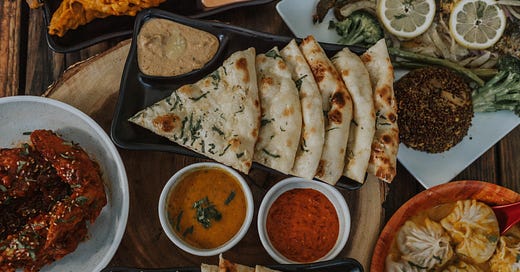


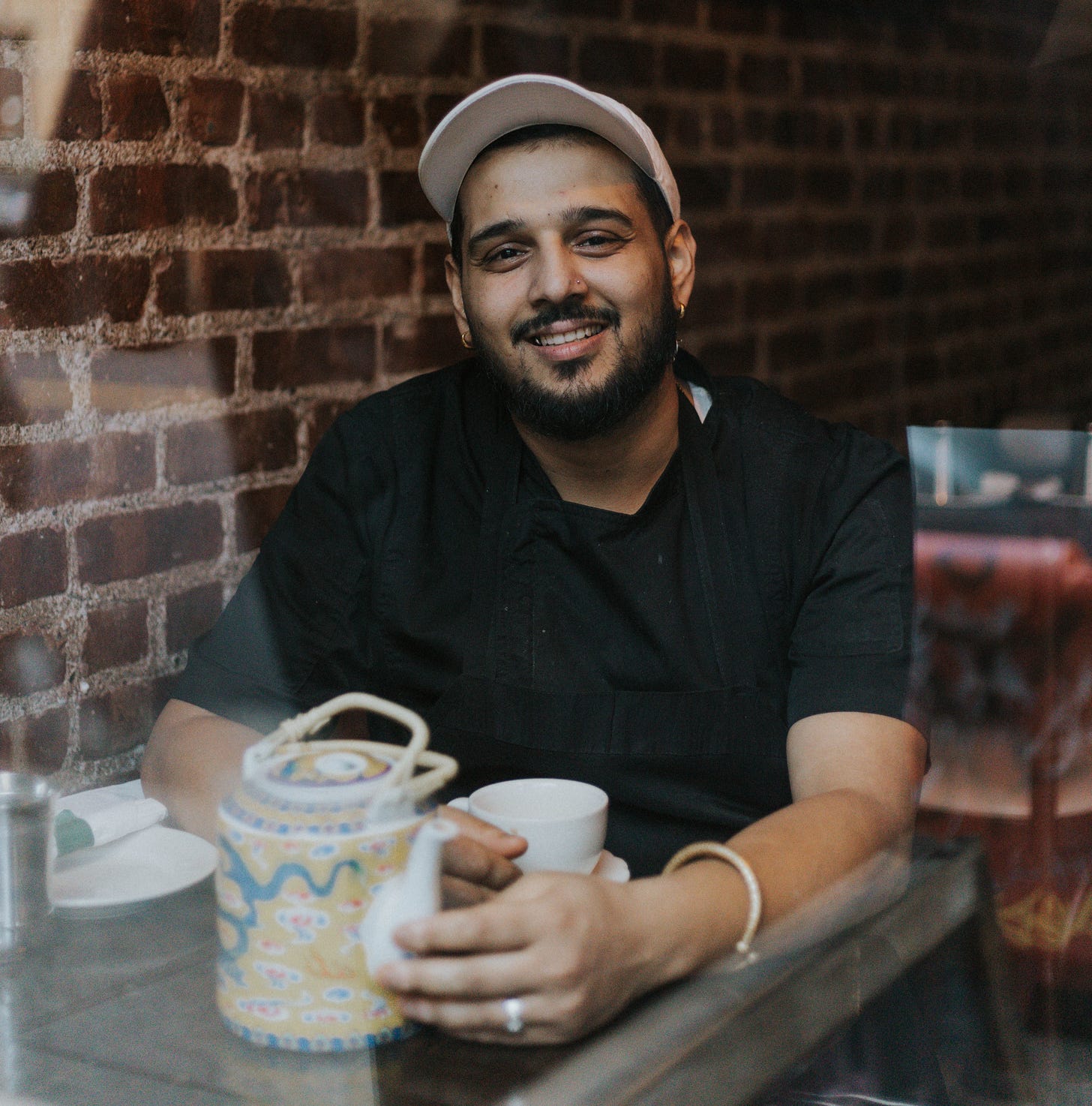

Haha, last three are wonderfully taken by an equally talented Fotografin!